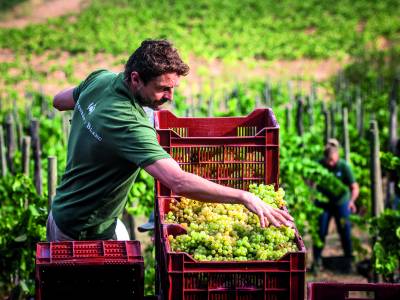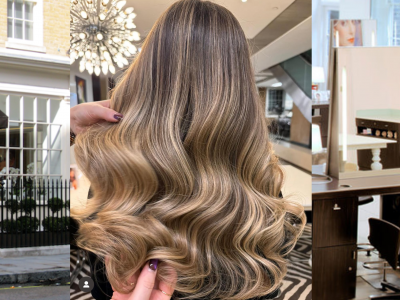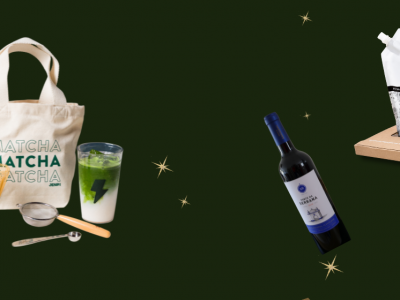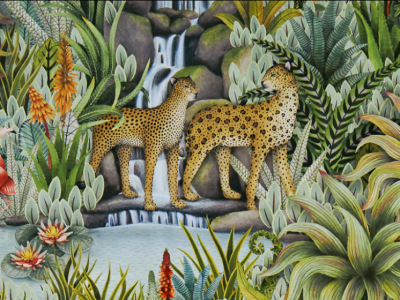Cava might be the best-conceived name in the wine world. The Spanish for cellar, the word is evocative, short and easy to pronounce, and it signifies a wonderful drink: elegant and nutty, with zinging lemony acidity balanced by toast and spice. But it may also be the worst, due to its presence on the labels of rivers of boring Spanish fizz, selling nearly as cheaply as sparkling water, which have poured into supermarkets in the past 20 years, turning off discerning drinkers.
Where to get the Best Cava in Spain
15th August 2024
Where can you get the best Cava in Spain? Discover the winemakers and vineyards that are heralding the next wave of Spanish fizz, honouring their historic roots while raising a glass to the future.
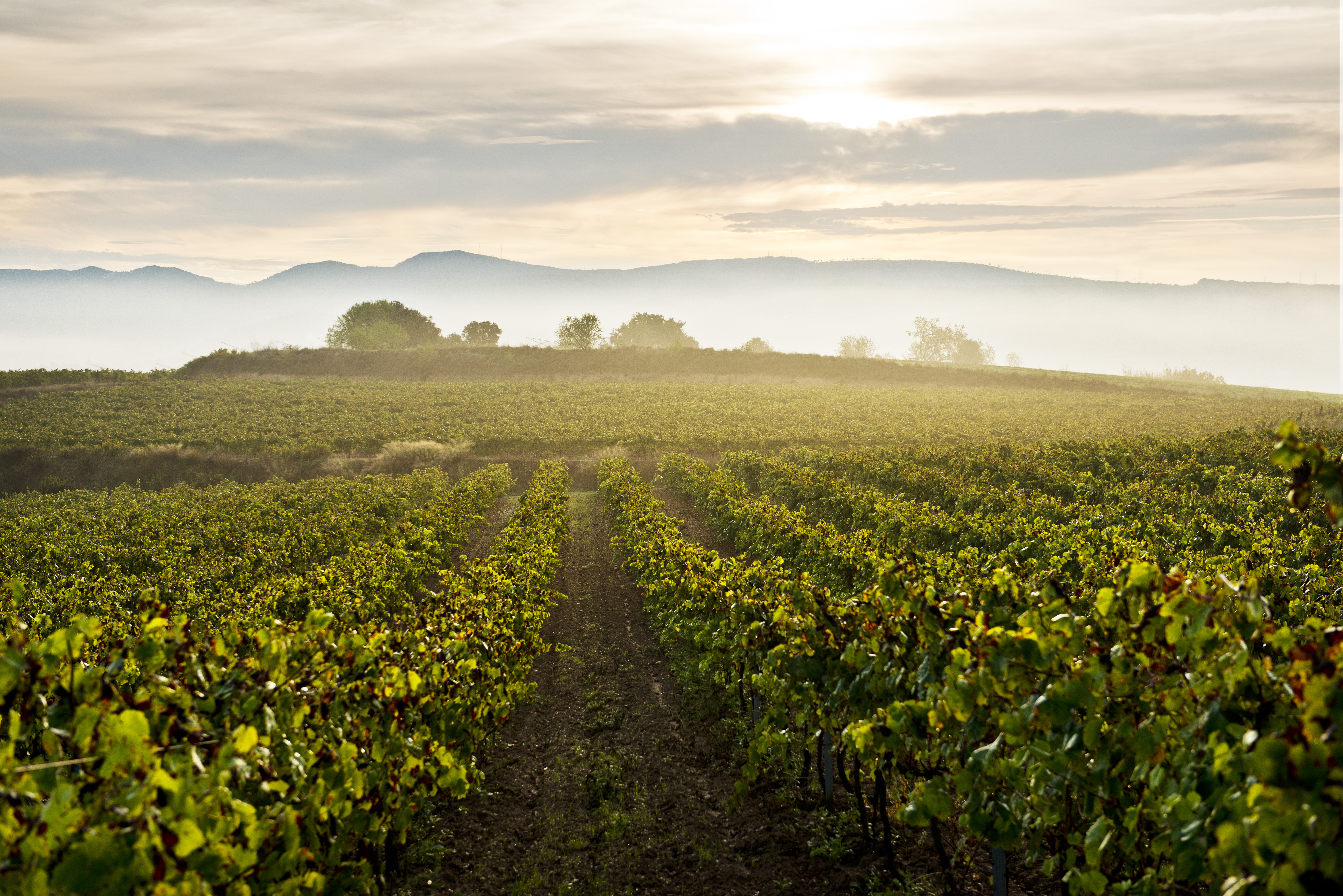
Great Cava is simply beautiful. And it costs what a great sparkling wine ought to, reflecting the care taken of the vines, the minimal or non-existent use of pesticides, and the long and involved production process once the grapes get to the winery. Cava, after all, is made via the traditional method used in Champagne, and second fermentations in bottle with at least nine months’ ageing on lees (the yeast residues that give texture to the wine) shouldn’t come cheap.
Over his extraordinary Mas del Serral 2012 — a sparkling wine of depth and complexity made entirely from the Catalan variety Xarello, which spends 10 whole years on lees — I ask Pepe Raventós what has gone wrong. We’re having lunch at Arros QD, the Fitzrovia restaurant overseen by three-Michelin-starred Valencia chef Quique Dacosta.
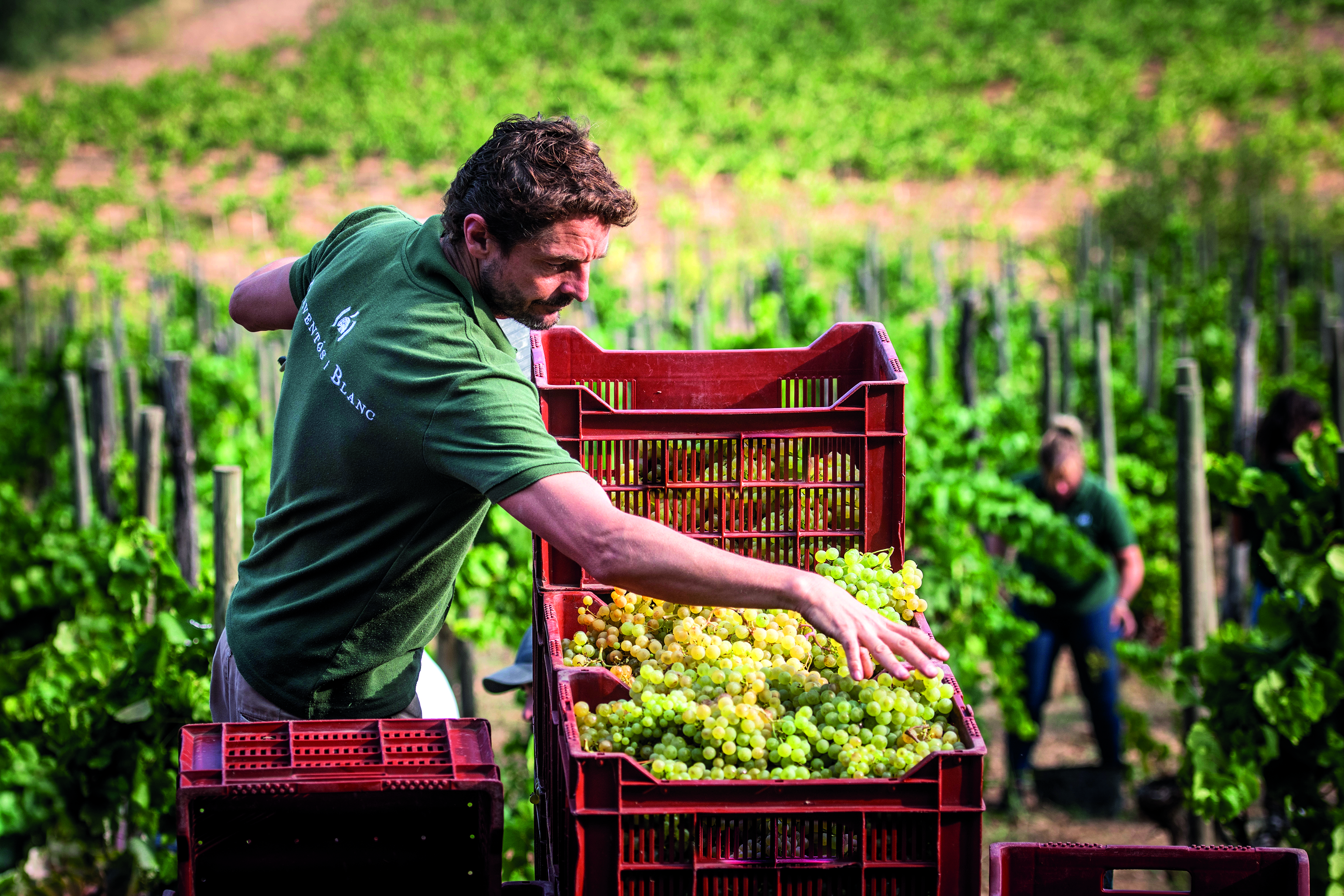
A 21st-generation winemaker, Raventós is surely the person to ask. His family has been making wine in Sant Sadurní d’Anoia, 30 miles inland of Barcelona in the Catalan region of Penedès, since 1497. It was his ancestor Josep Raventós Fatjó who, in 1872, after a trip to Champagne, decided to create a sparkling wine. “But ours was made only from the Xarello variety, which is really well adapted to Penedès soils, as well as being capable of ageing,” he says. The wine was very successful and soon spawned lots of others. Around a century later, the winemakers wisely chose to abandon their first choice of name, Champaña — even back then, their equivalents in Champagne were inclined to get a little upset about imitators. So the drink, usually made from three native varieties — Macabeo, Parellada and Xarello — came to be called Cava. “My grandfather, José Maria Raventós, came up with the name,” the renowned winemaker explains. The DO (Denominación de Origen, the Spanish equivalent of France’s appellations) was made official in 1991. But with this dreamed-up name, so easy to pronounce but so hard to pin down, the seeds of Cava’s current troubles were sown.
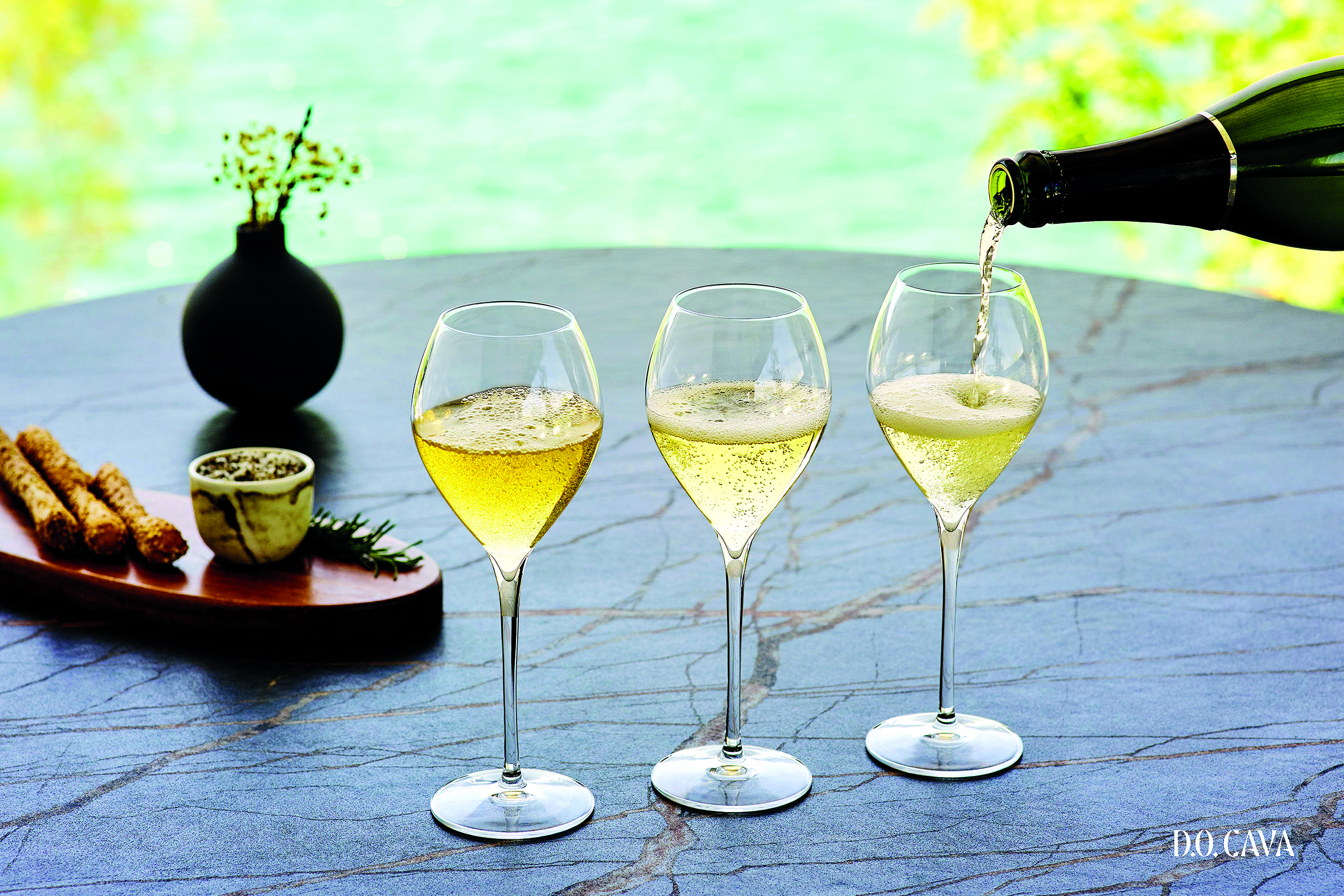
Our oysters in the shell are perfect with the saltiness of the Raventós i Blanc De La Finca 2020, made from grapes grown on ancient terraces beside the river Anoia. These are packed with fossilised sea creatures that lived on what was, 16 million years ago, the bed of the Mediterranean. The elegant, mineral 2019 Textures de Pedra, from indigenous red grapes Sumoll and Xarello Vermell, glints faintly pink and goes beautifully with corn-fed chicken and citrus mayo. The Mas del Serral (which he labels under his own name) is fabulous with everything. Only mojo rojo, a spicy sauce accompanying delicious grilled squid, looks too much for the wines, and we avoid it.
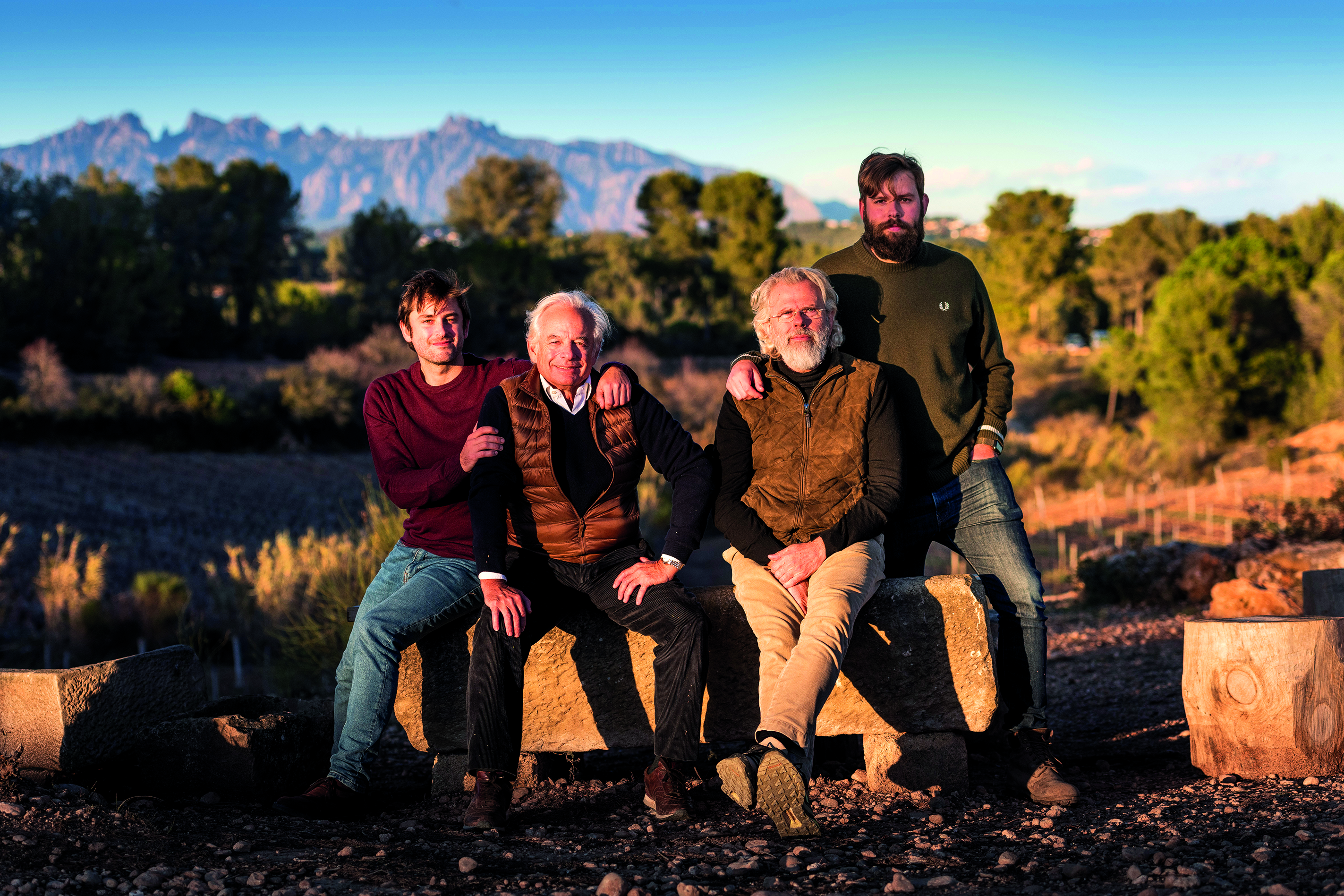
Raventós is not the only person making serious, high-end sparkling wine in Penedès. Gramona, a winery that has made superb fizz since the late 19th century, is certified biodynamic, and has a long list of sustainability commitments as well as a winery built in 2001 that won the European Award for Sustainable Architecture. For the Gramona family, the most important auditors are the bees and the bats: as long as the animals thrive, the winemakers say, they’re clearly doing right by the natural environment. After the Spanish Civil War and then the Second World War left their bottles in the cellar well past the usual time, long ageing became a Gramona watchword. Today, their wines age for between 18 months and 10 years, and older vintages are released under their Enoteca label.
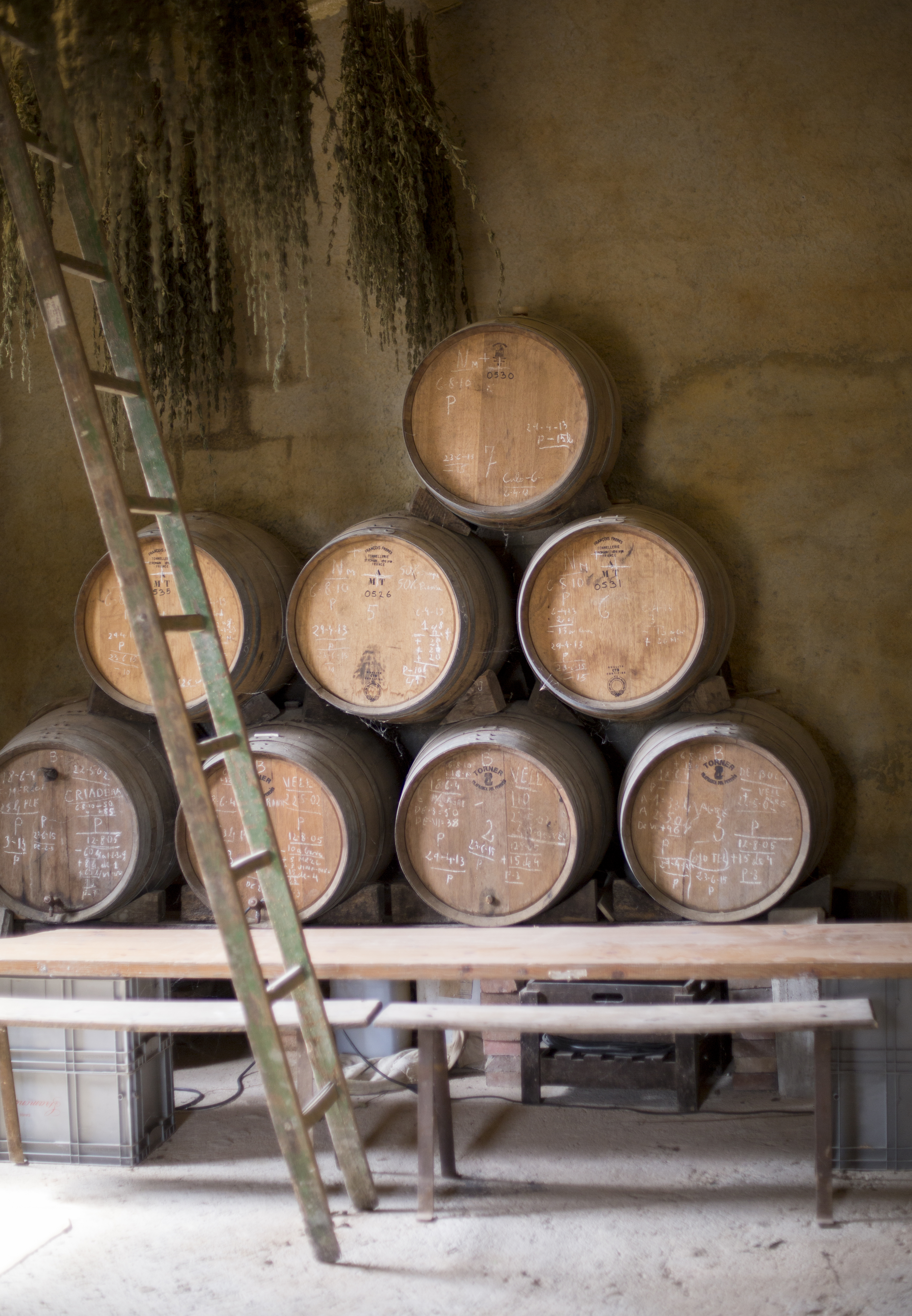
The wines are fabulous, especially Lustros, a single-estate blend of Xarello and Macabeo that spends over 80 months on lees. At José Pizarro’s marvellous eponymous Bermondsey restaurant, I drank the 2015 with lemon ice cream and caramelised lemon peel. The dessert brings out the citrus undertones in the wine, definitively scotching the idea that bone-dry sparkling wine can’t work with dessert.
Gramona was the first Cava (as it was then called) that I fell in love with, long ago, but neither this nor the Mas de Serral is the oldest I have tried. Ten years after my father’s death I opened, with anticipatory regret, a bottle of Juvé & Camps Gran Reserva, accidentally kept for 20 years. I thought it would be sad and probably flat, but maybe useful for cooking. Instead, it was a revelation. My nose filled with the perfume of white flowers, while in the mouth it was bready and rich, the bubbles still vivacious after all that time.
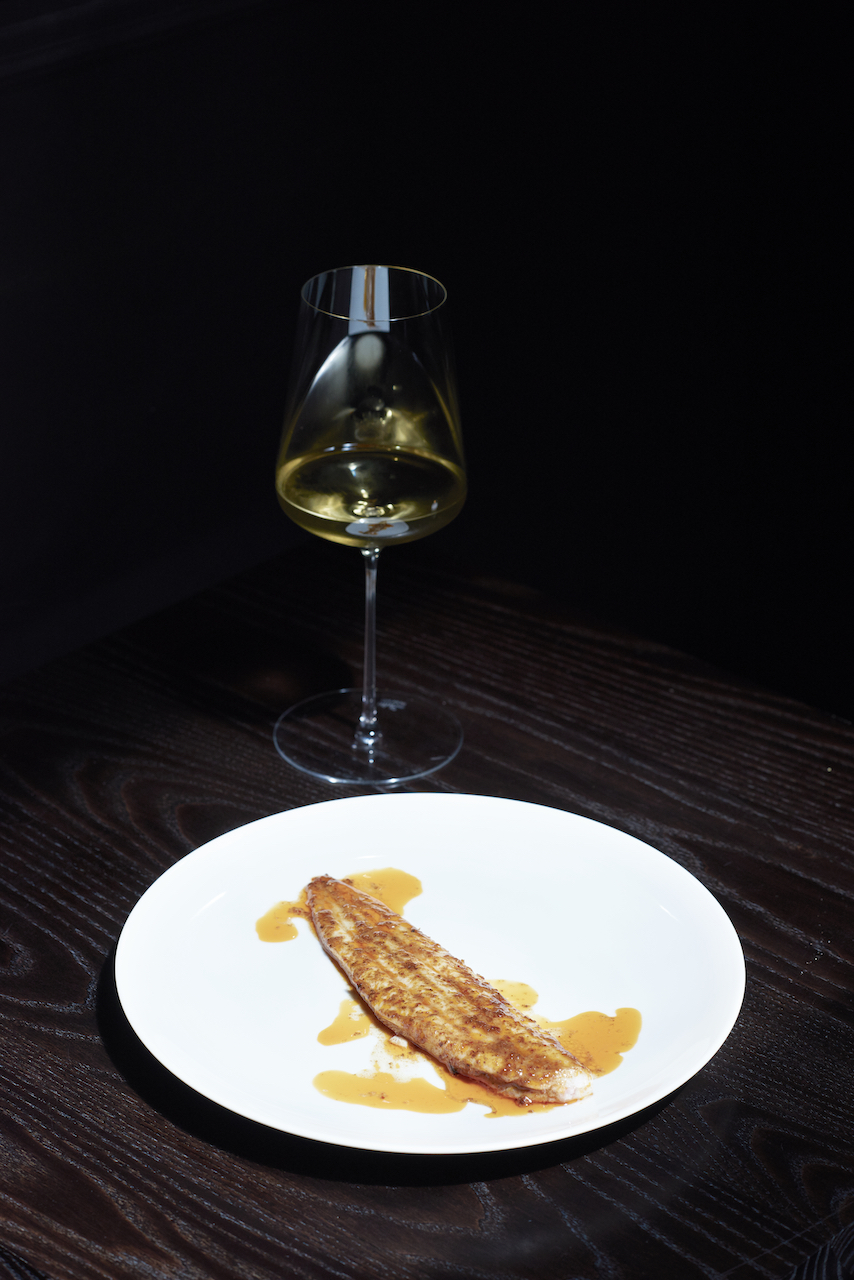
I can name many other wonderful sparkling wines from this region; what I can’t do is group them together. And this is the real problem. Raventós has left the Cava DO and dreams of official recognition for his chosen name, the slightly unwieldy Conca del Riu Anoia (Anoia River Basin). Several of his neighbours have also quit the appellation, choosing the slightly catchier designation Corpinnat (the heart of Penedès) — Gramona is one of them, as is Recaredo, another excellent biodynamic producer whose Turó d’En Mota cuvée is as admired as many Grand Cru burgundies. To answer to either designation, the wines must be made here, in the Anoia valley, which is not true of Cava. Juvé & Camps has, nonetheless, stuck with the Cava DO, as has Sumarroca, maker of a quartet of complex and delicious single-vineyard wines under its Nuria Claverol label.
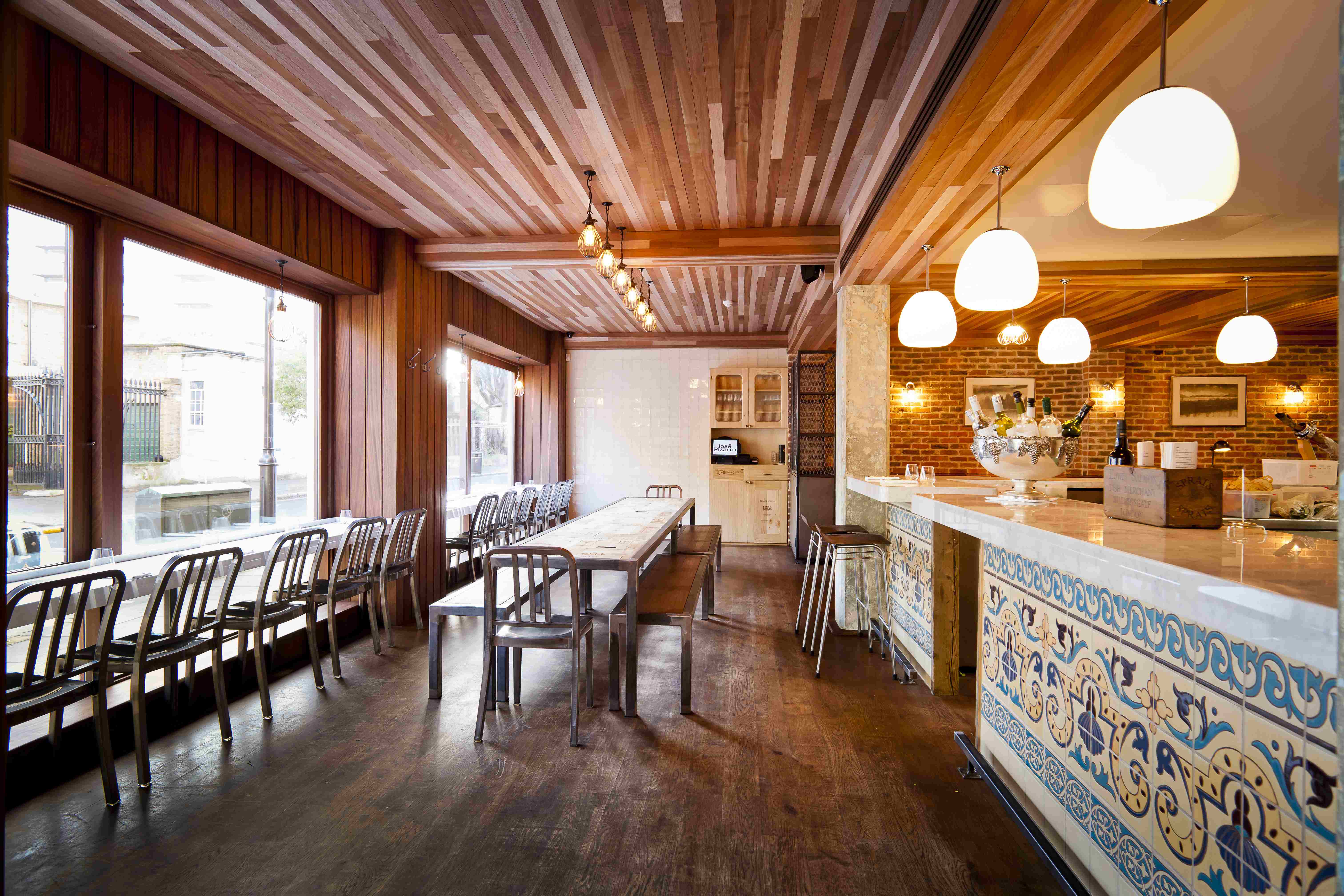
These winemakers are all within a circumference of less than five miles; they have so much in common and so many uniquely beautiful wines between them. If only they would agree to be called one thing, they would make wine-lovers’ lives so much simpler, no matter how complicated their ultimate choice of name. Still, I won’t let the multiple monikers put me off: after all, it is what’s in the glass that counts.
